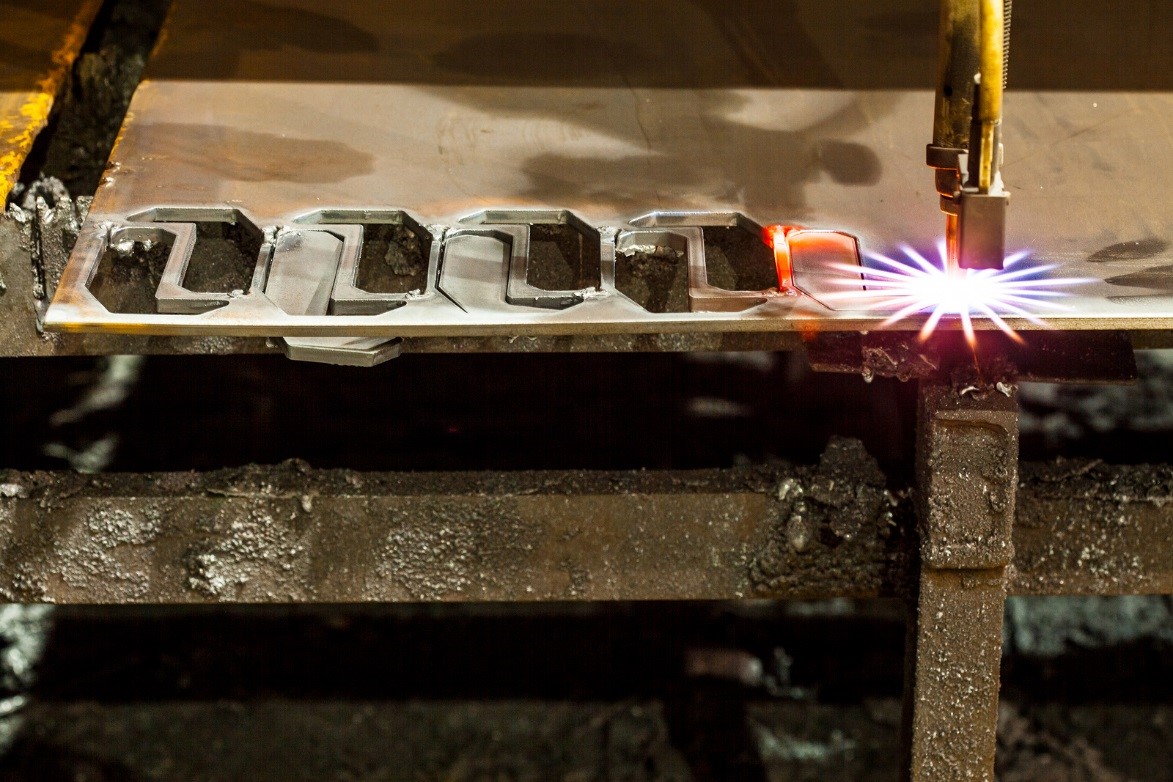For centuries, societies have always favored scientific and modern advancements in all industries as opposed to doing things as they were. This type of thinking not only pushed civilizations forward but had also opened up novel ways to find solutions for various problems that used to baffle the ordinary citizen.
However, for all the new and supposedly improved tools that are flooding the market, the most talented builders and artisans know that there are certain materials that are simply irreplaceable in their respective trade. After all, there is no material as reliable and as versatile as the good, old-fashioned brass sheet metal to get the job done.
The Champion of Metal Alloys
The use of brass has a well-documented history going as far back as 5th century BC. It is a curious mix of copper and zinc, which, depending on the mix ratio, gives brass its malleability and extensive machine workability. Furthermore, it is available in varying shades of attractive colors that range from deep red to golden yellow.
Its versatility, coupled with its attractiveness, make brass sheet metal the top choice over other metal alloys. Not even the modern advances in technology have given a plausible challenger to overthrow brass from its elevated position as the king of alloys.
The many faces of brass
From complicated marine engines to simple brass angles to intricate pieces of jewelry, brass is undeniably the most versatile metal alloy. This statement, despite recent scientific advancements, has stood the test of time.
Moreover, instead of supplanting it with a supposedly improved version of this metal alloy, modern improvements have been in the area of making the production of brass sheet metals faster. It is unlikely that the use of brass will decrease in the future. On the contrary, it is likely that even more possible applications will be found for which brass is the perfect metal to use.
Depending on the grade (or the copper-zinc ratio), brass can now also be used in building jets, munitions, radiator cores and tanks, hydraulic equipment fittings, marine hardware, and more. These, on top of its traditional uses as decorative and architectural fittings as well as being used in wind instruments like saxophones and trumpets, makes brass the most popular and versatile metal alloy in history.
Sources:
What Are the Different Uses of Brass?, wisegeek.com
Metal Profile: Brass, metals.about.com


